6 actionable ways to reduce mobile app uninstall rate
In the current mobile-first app marketing era, where the competition for home screen real-estate is higher than ever, retaining users is a constant battle for app marketers. With new channels emerging and with user behaviours changing constantly, if an app doesn’t cater to user expectations and requirements then it’s more than likely to be uninstalled. Fast.
Updated on 9 Oct 2025
Convincing users to download an app is not easy but retaining users and compelling them to be frequent, engaged users is much more challenging. Stats show that half of all apps are uninstalled by users within the first 30 days. Clearly, user patience with apps that don’t meet their expectations is incredibly low.
If newly acquired customers churn in a matter of days, that means that a great chunk of marketing budget is being wasted. The average new acquisition marketing loss for financial services apps is $99K per month. For eCommerce apps, the monthly loss is $68k and for travel apps, it’s around $24k. So if marketers don’t have that money to burn and if they want to optimize their overall marketing budget, then they better come up with some clever ways to minimize app uninstalls. An important first step is understanding the factors that cause the uninstalls, before you start working on killer solutions.
In this blog post, as mobile marketing evangelists, we aimed to help app marketers find ways to reduce uninstalls and have a healthy user base. The actionable strategies below are gleaned from our experiences with Insider’s existing partners and based on real use cases.
Fine-Tune the Onboarding Funnel
According to Retention Benchmarks by Appsflyer, 26% of all new users enter the application on their first day. The mobile app uninstall rate starts reducing on the seventh day, decreasing to 10%. At the end of the first month (30th day), only 4% of users come back to the application.
With such a huge drop in app launches within just a week, it’s imperative that you make a good first impression and that your user onboarding experience is flawless. The better the experience, the less likely they are to uninstall.
Make sure you provide adequate value to your users around your core offerings. For example, if yours is a travel app, make sure that flight / hotel / destination discovery is optimised and that you have ancillary features such as hotel recommendations for flight bookings, or car rental options for extended stays at a destination. Users who see value will place your app higher up on their subconscious ladder.
For an eCommerce app, build a full-funnel cycle which covers the first 30 days, enticing your users with incentives like coupon codes or free shipping with recurring push notifications. However, make sure that users who purchase an item from the app are then excluded from the onboarding funnel and are instead sent instead down the post-purchase funnel.
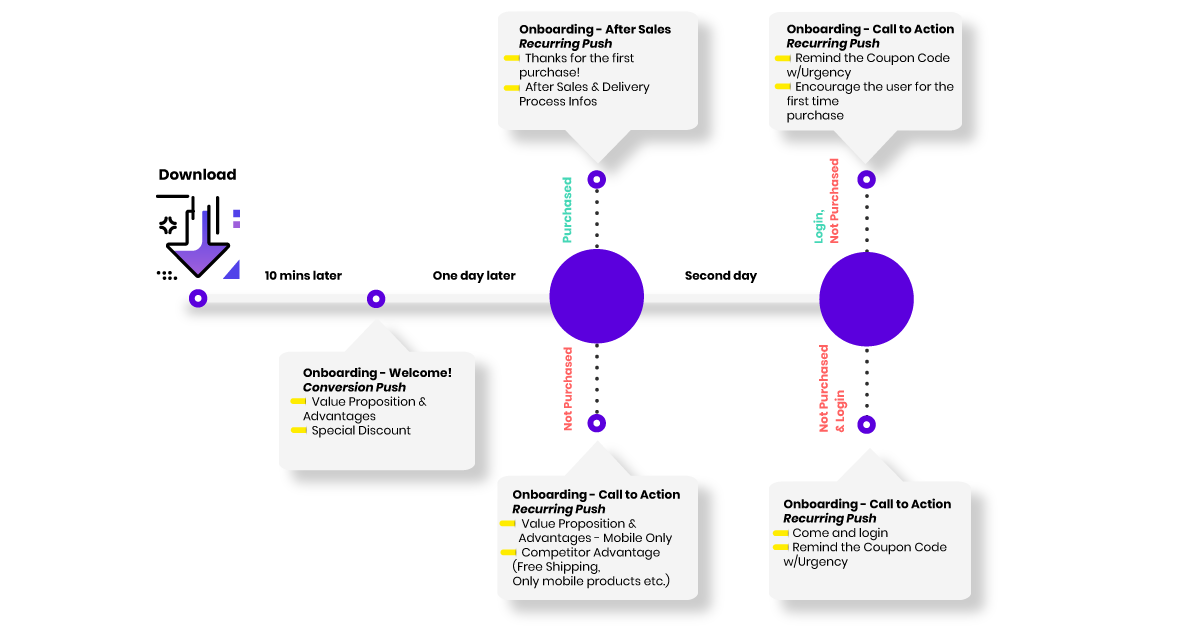
Insider helped a leading fashion retailer to improve their uninstall rates and increase their revenue by creating a 30-day onboarding funnel. We focused solely on new users and crafted a fully personalized campaign. As a result, we not only reduced mobile app uninstall rate but also improved the conversion rate for new users in the first 30 days after they download the app by 14%, from 6.52% to 7.58%.
Check out our interactive product tours
Deliver Your Message at the Best Time of Each User
Imagine you have crafted the most beautifully complex conversion push notification funnel in order to attract the users; you’ve created the best content, made the smartest segments but when is the best time to send the message to the users? At night? First thing in the morning? In the middle of a meeting?
Guessing and getting this wrong can at best, lower your click rate because users miss messages and at worst you irritate them and your uninstall rates rocket. Each person has their own routines for checking their devices and as a smart marketer, you should send your message at the most optimal time for each of your users.
Insider AI algorithms are capable of automatically sending a push notification at a time when each user is most likely to engage with your app, based on their previous behaviour. For example, you have a publisher app and Jack and Kate are users. Jack is most likely to engage with your app after his recurring meeting at 2:30 PM because he is free at that time. Kate frequently checks your app when she is on her way home from her dance class at 6:50 PM. You publish new content at midday but Jack will receive the push notification at 2:30 PM and Kate will receive it at 6:50 PM.
By doing that you’ll increase your conversion rate, retention rate and provide a best experience which improves loyalty.
Gamify your app for maximum engagement
Gamification will excite your app users with a unique experience and the potential rewards of freebies or discounts will give them more reason to come back to your app time and time again.
You might want to launch a recurring gamified campaign that users can look forward to, such as “Spin the Wheel Wednesdays”. Automated push notifications can drum up anticipation in the run up to the gamification window.
Here are a couple of fun examples to get you started…
Wheel of Fortune
Gamify the lead collection experiences by incentivizing your users with surprise discounts and special offers.
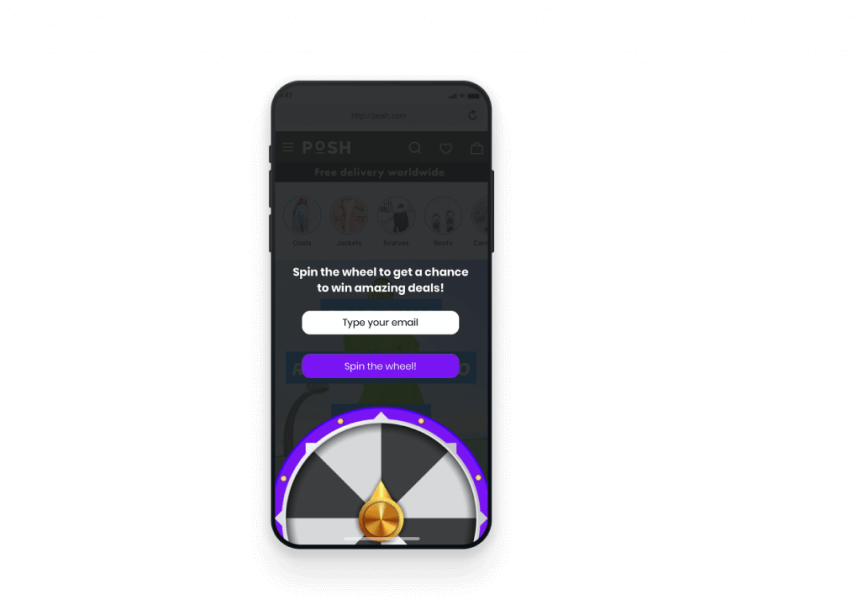
Scratch Coupon
Deliver gamified coupon experiences by letting users scratch to reveal their code
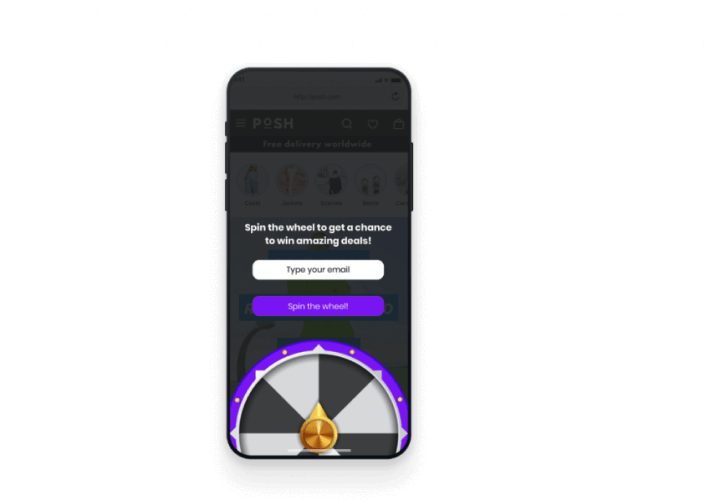
Improve Poor UX with In-App NPS & Surveys
Users won’t hesitate to uninstall your app if bugs ruin their app experience. Crashes, freezing, constant error pop-ups and slow responsiveness are all serious deterrents.
Feedback is your secret weapon. It can show you which products or features are your strong point and which are weaknesses in your users’ eyes. Feedback is the voice of your users and it should guide your product’s vision and roadmap. However users will only give up their time to give you this valuable feedback if you facilitate a slick and seamless feedback process. A great way to do this is by using NPS (Net Promoter Score) and survey kits which match your brand and your messaging.
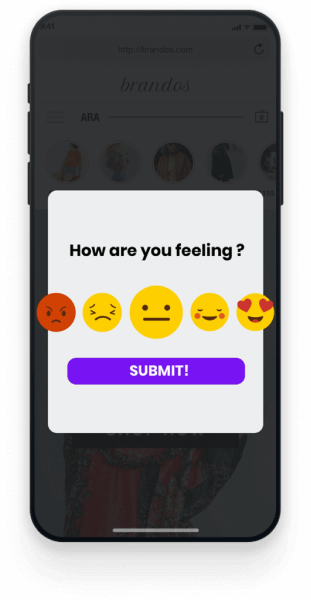
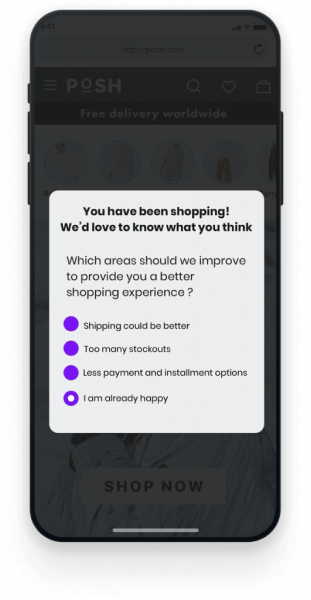
You can collect detailed feedback on your user’s shopping experience with enticing and engaging questionnaires and NPS style surveys. Moreover, make giving feedback fun and easy with an emoji styled feedback scaler, which registers live customer feedback and results in higher response rates. This helps you to detect bugs speedily, so that you can fix user experience issues before they cause a big dent in your user numbers. Doing this regularly will get you as close to the perfect app as possible and minimize your app uninstalls.
Detect Likelihood to Uninstall Before It’s Too Late
If you can predict churn then in theory you can prevent it too.
An AI-based segmentation tool can cluster your users into automated segments like your VIPs or customers who are at risk of uninstalling the app. With these valuable and actionable insights, app marketers can take action to prevent customers from uninstalling the app before it is too late by providing incentives to stay.
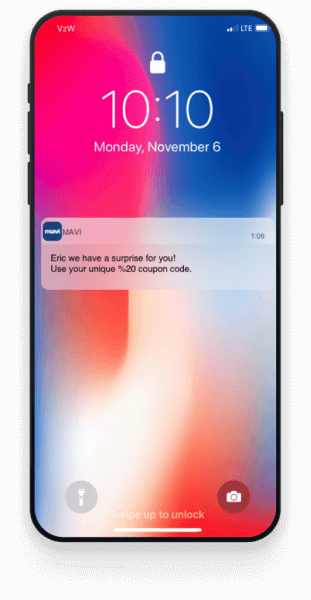
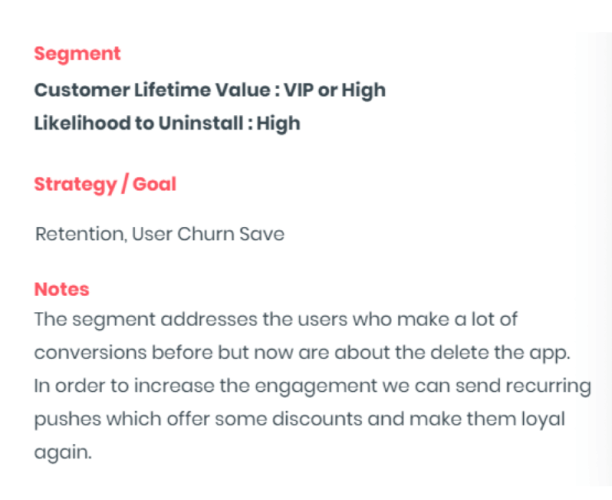
Analyse the Mobile App Uninstall Rate and Bring Them Back with Remarketing
Even with the best app in the world, some uninstalls are inevitable.
In order to generate actionable insights, apps need to visualize key metrics that detect problematic areas. For example, if you detect a high mobile app uninstall rate spike on a specific app version, you can analyze the flow of that version and detect the under-performing step. The rest would be simple; communicate with the product team, fix the bug and make your app better than ever!
What metrics should you be tracking?
Total Mobile App Uninstall Rate in a given period
Average Session Count: The higher this number is, the more valuable the user is
Average Session Duration: The higher this number is, the more valuable the user is
Uninstalls by Day Graph: This will help you detect spikes and investigate why the numbers are high. Did this happen after an update? Was there too much push notification activity?
Uninstalls by App Version: With this you can see which version is losing you the most users. Is there a bug in that version that needs mending? How can you encourage users to update?
Uninstalls by OS Version: This will help you understand if there are any incompatibility issues with certain OS versions or not.
Most Uninstalled Device: This will help developers to understand if there is something specific to a device model that is preventing users from enjoying your app.
But all is not lost!
We live in a multichannel world now utilising alternative platforms to persuade users to come back for more. Google and Facebook, as the largest sources of acquisition, are the most popular platforms to re-engage users. Even if you lose your app users now, remarketing can help you to bring back users back to reinstall your application.
It’s a simple task to send the uninstall segment to your own Google and Facebook Business Panel and retarget them throughout the Google Network, Facebook and/or Instagram. With the right campaigns you should be able to welcome some users back to the app squad and keep your user base in good shape.
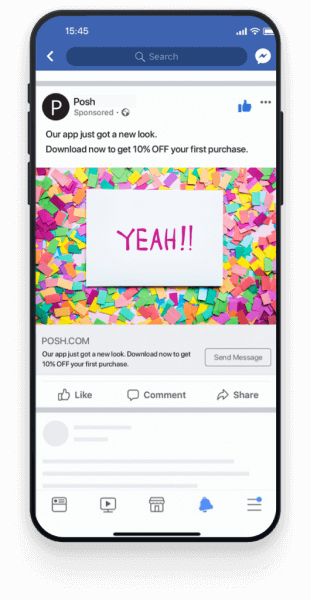
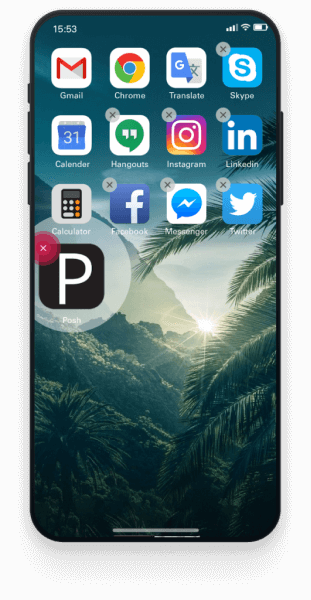
Final Thoughts
So while it is possible to bring users back after they uninstall the app, it can be costly. And that’s on top of the money you spent to acquire them in the first place! But with a smart and proactive approach you can easily decrease your uninstall rate.



















